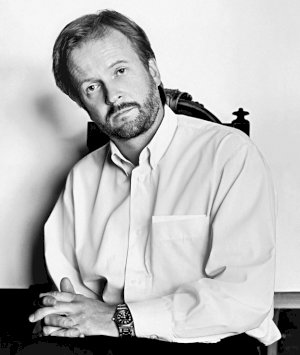
Dmitry Belukin
1962
model.author.description
Dmitry Belyukin included in the list of the Best Russian contemporary artists (ARTEEX). Dmitry Belyukin - People's Artist of the Russian Federation, Full member of the Russian Academy of Arts, member of the Studio of Military Artists by M.B. Grekov, historical painter, master of modern Russian realism, has received wide recognition not only among professional circles, but also among the audience. The circle of creative interests of the artist is extremely wide: he creates historical and genre compositions, writes portraits, landscapes, still lifes, works in book graphics. In his works, the artist often refers to the tragic pages in the history of Russia of the twentieth century, trying to understand the sources and causes of these cataclysms. In his historicism D. Belyukin is extremely accurate. Behind each canvas is a serious work on the documentary study of the era - events and material culture. These canvases are marked by intense, philosophical subtext, an attempt to reflect the depths of national identity. At the Kazan station (Moscow), in the Royal Tower, the art gallery of the artist is constantly open.




